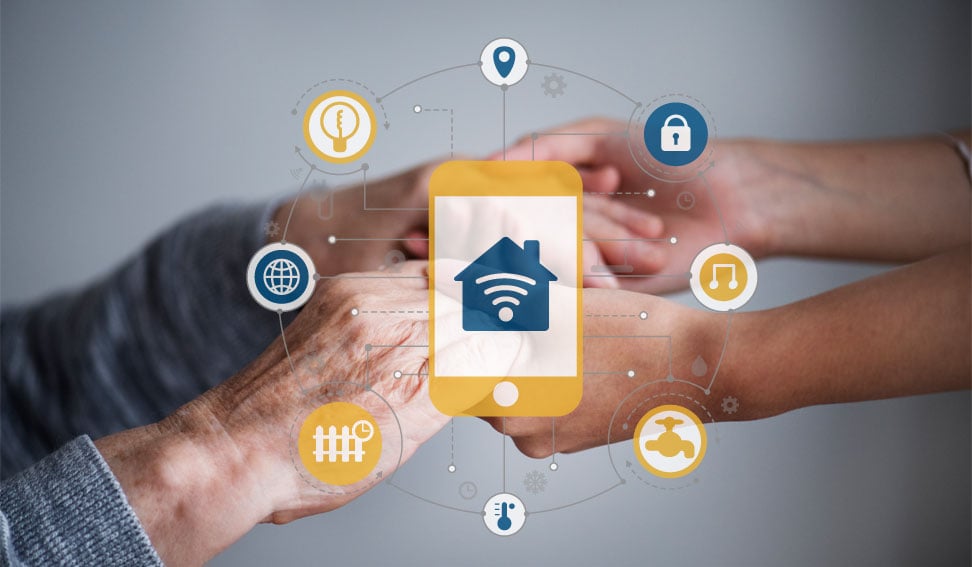The COVID-19 pandemic exposed many flaws and injustices in our healthcare system. At the forefront of these was severe understaffing within nursing homes and long-term care facilities, often bordering on neglect. With support worker demand at an all-time high and supply being threateningly low, resource management becomes critical, and in many cases, even life and death.

Caregiving requires empathy, patience, compassion, and many other positive personality traits that are not shared by everyone. Although selflessness is also often a trait of caregivers, caregiving itself is an extremely rewarding career. Every day, nurses, PSW's, and personal care attendants are able to directly see the impact they are having on their client’s lives while providing a source of human connection to these individuals. In many cases, caregivers may be the only people that their clients interact with daily, so it's important to ensure these relationships are both consistent and healthy.
Although the pandemic has emphasized the caregiver shortage, it is a concern that healthcare officials have had for a while. An increasing number of baby boomers are entering retirement, many of whom have fewer children to care for them during this time. We rely heavily on devoted and paid caregivers to provide a good quality of life for seniors and disabled people. That said, for many, caregiver wages are discouragingly low, often driving potential PSW's and personal care attendants into other professions. Thus, this shortage remains, challenging us to come up with creative solutions to maximize the already limited number of hours the elderly and people with disabilities have to meet all of their daily care needs.
The crux of the issue again often comes back to resource management. In many settings, the client-to-support worker ratio is such that staff are forced to work quickly, cut corners, or even omit essential tasks, such as bathing, altogether. It is imperative to support these staff and optimize their physical and emotional health to reduce turnover and caregiver burnout.
Smart technology can enable individuals living at home and in long-term care facilities to perform basic tasks independently, such as turning on and off their own lights, controlling their TV, and even controlling their hospital bed, repositioning without calling for help. Naturally, the more of their living environment a senior or a person with a disability can control independently, the less dependent they will be on their caregiver. Smart technology can facilitate more direct conversations between clients and their care staff, ensuring that the care staff are fully informed of the client’s needs, allowing them to properly prioritize and manage their time effectively.
Thus, smart technology ostensibly frees up the caregiver to spend their time at work having a more profound impact on their clients' lives and focuses their time on the most important care needs while maintaining healthy emotional relationships. Affording the client increased independence reduces frustration and can lessen the tension between clients and their staff. This diverts time and energy away from mundane daily tasks so caregivers can focus on more rewarding empathy and compassion-based care.
The caregiver shortage crisis is broad and multifaceted and needs to be addressed by both the private and public sectors. Smart technology is a useful tool that can be leveraged to improve the quality of life for not only the seniors and people with disabilities whom it directly supports but also their care staff and other members of their circle of care.
